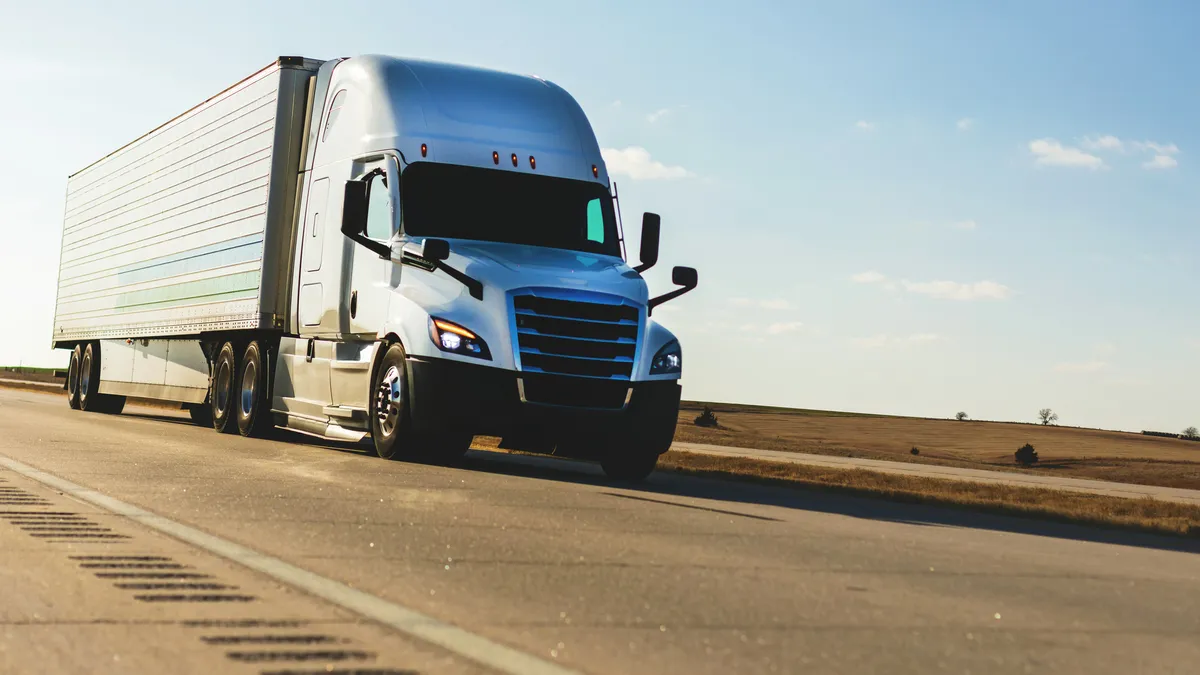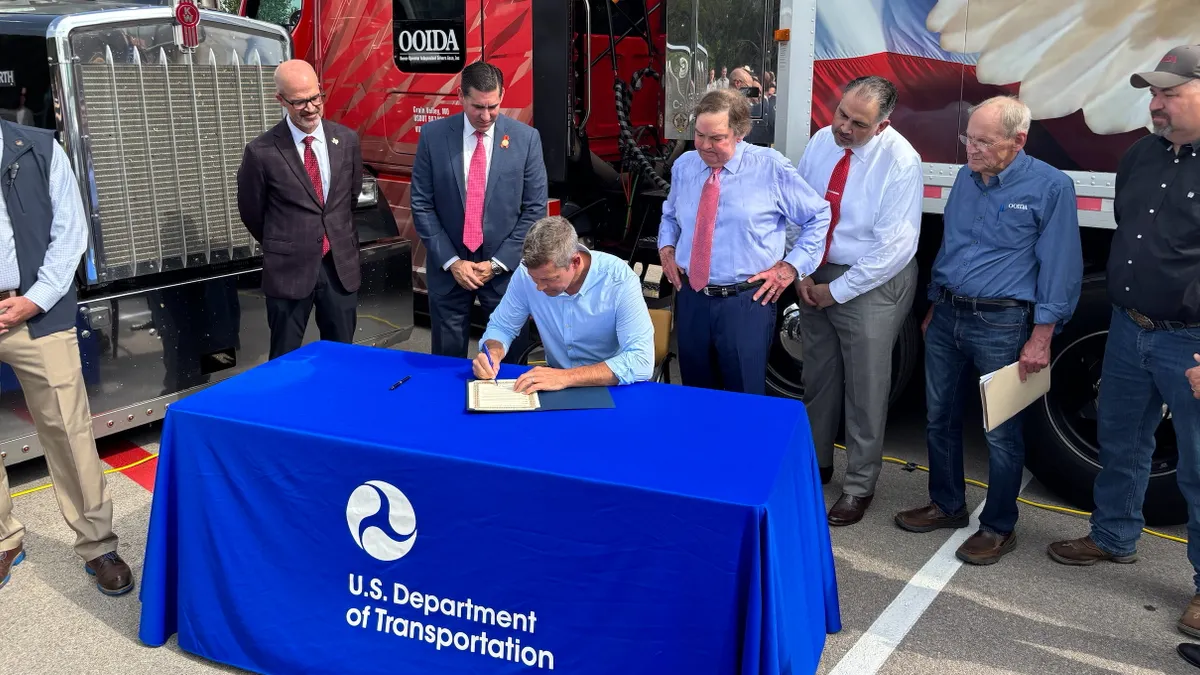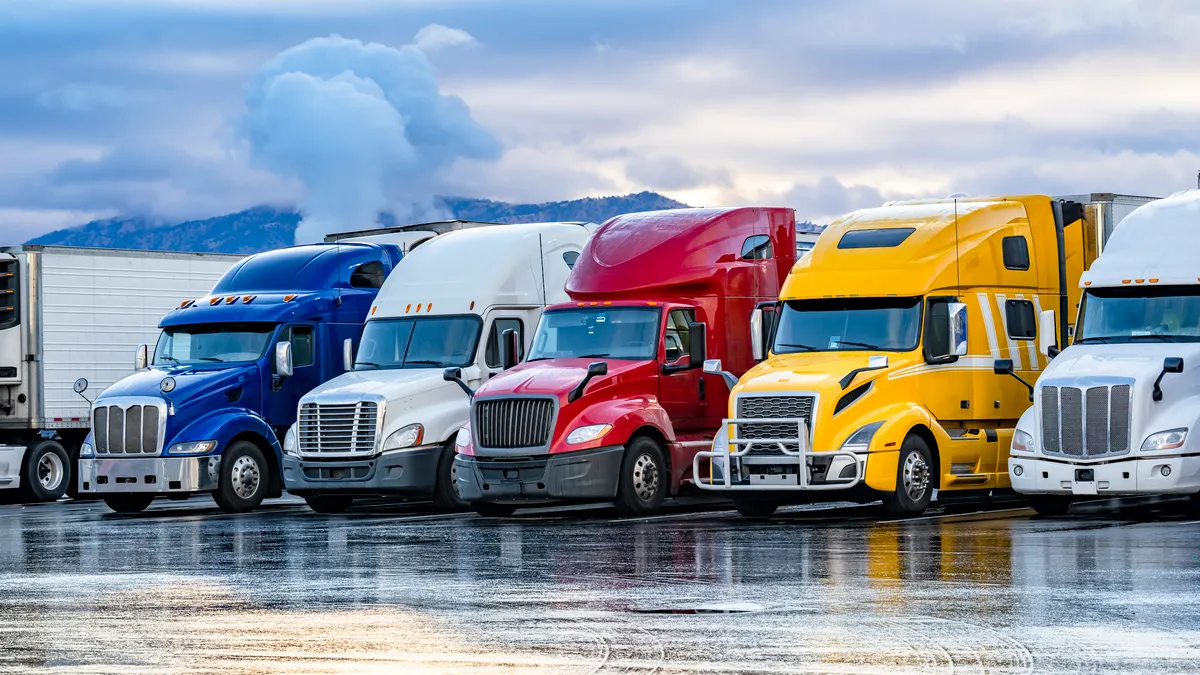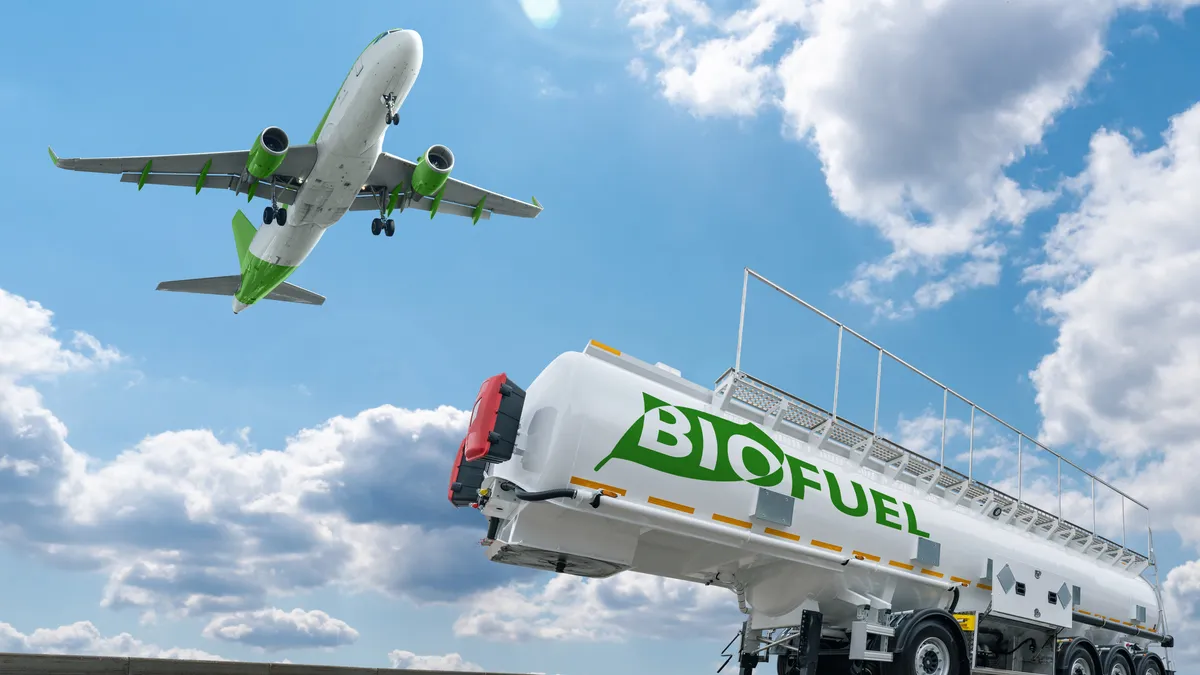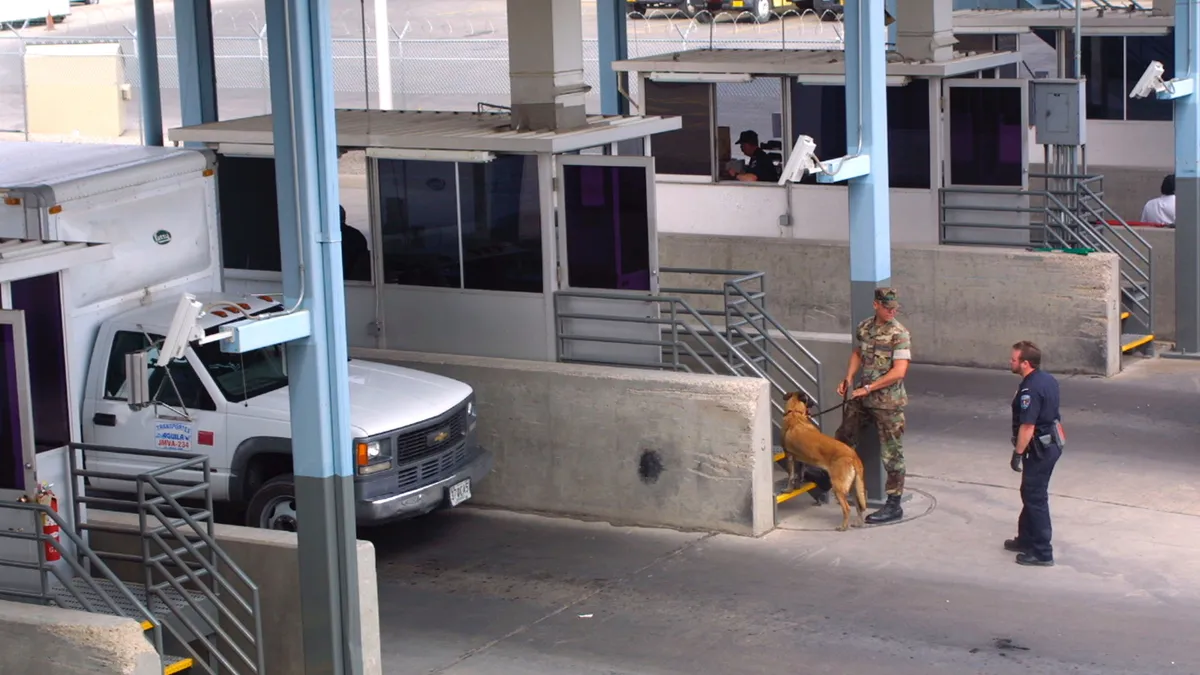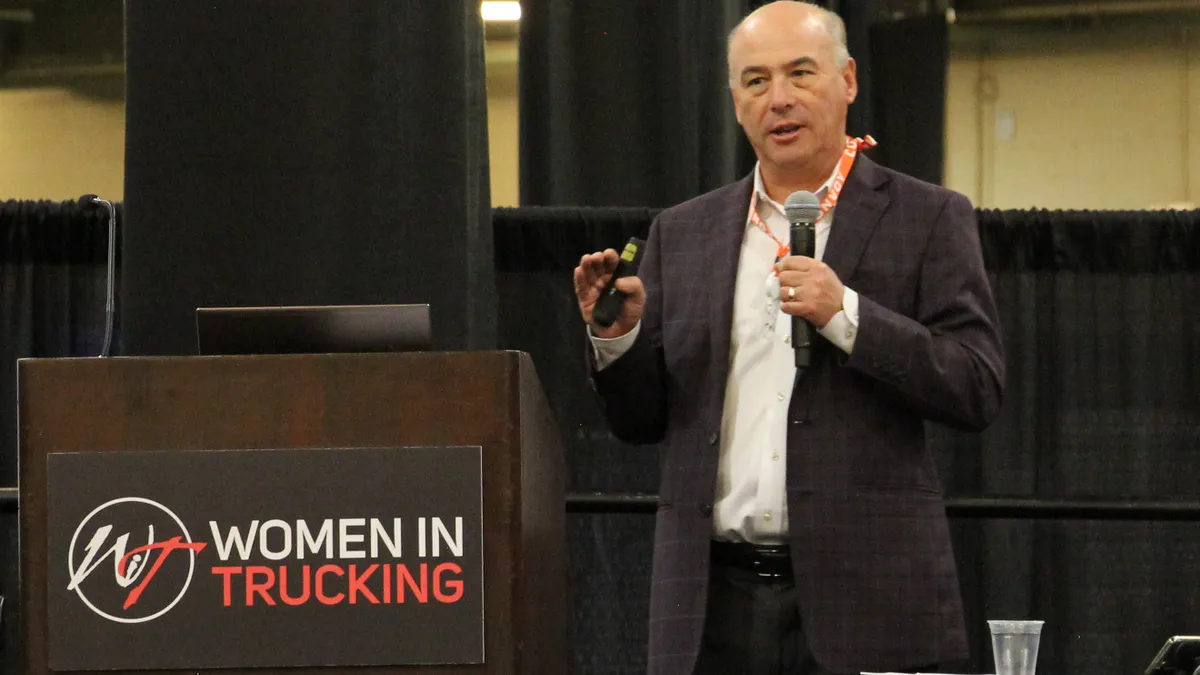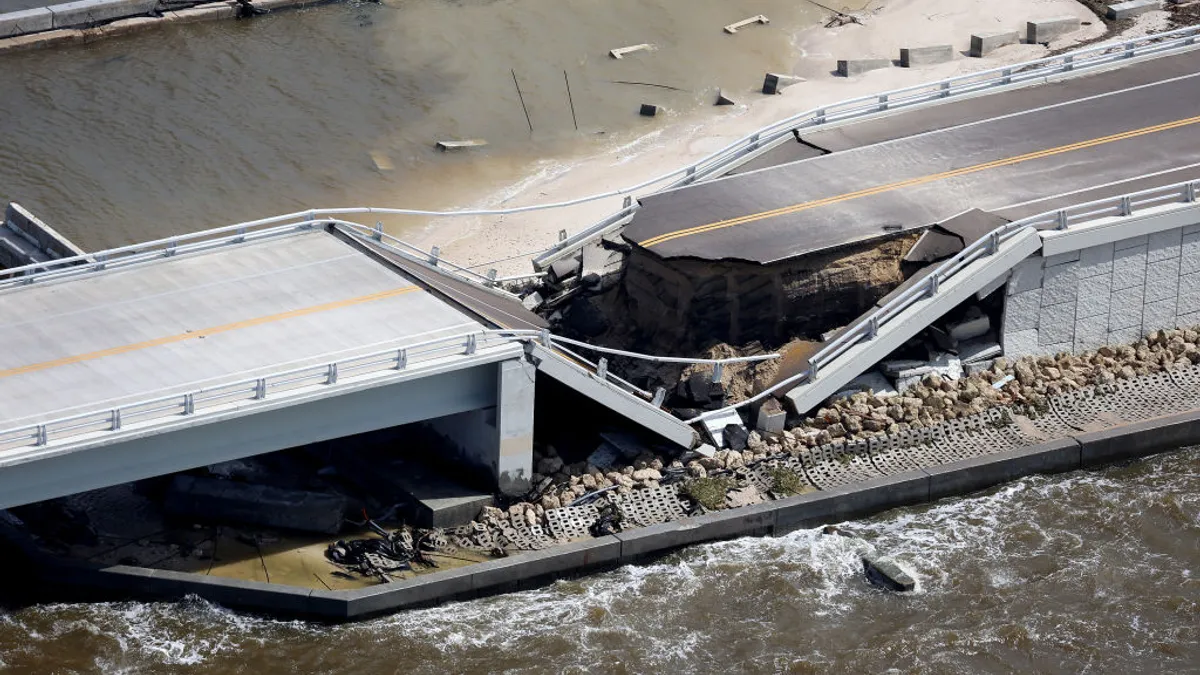This is a contributed op-ed written by Christopher Thornycroft, senior vice president of carrier operations at Redwood Logistics. Opinions are the author's own.
Like many in the freight transport sector, I've kept a close eye on the week-to-week drama unfolding in Washington. The major infrastructure funding package — passed by the Senate, the current subject of much debate and negotiation in the House, and pushed by the Biden administration — could lead to massive changes.
There's plenty of debate among stakeholders about the infrastructure bill's merits and various pros and cons. Chiefly, though, the legislation's main purpose is pouring money into "hard infrastructure."
For freight transportation, that means dedicating hundreds of billions of dollars to projects like fixing decades-old bridges, repairing and expanding our interstates and highways, building up our maritime ports, modernizing our rail system, and upgrading airports.
We as an industry — whether it's trucking companies, shippers or logistics service providers — simply can't afford to continue to foot the bill of crumbling infrastructure to the tunes of millions of dollars per day per incident.
Millions of dollars a day
One example of a multimillion-dollar bill our industry has paid occurred on one of the nation's most vital freight corridors: Interstate 40 that runs from the shores of the Atlantic Ocean to nearly the shores of the Pacific.
It was partially shut down for an entire eight-week period this spring and summer. Fractures were discovered in the Hernando de Soto Bridge's support system, prompting authorities to close the bridge between May and August while work took place to repair it.
Adel Abdelnaby, a civil engineering professor at the University of Memphis, likened the closure to "giving the country a heart attack," when talking to the local ABC station, with I-40 being such a heavily trafficked artery connecting the two halves of the country.
Thankfully, the structural damage was discovered before the bridge crashed into the Mississippi, and that no one was hurt. But the closure of the bridge didn't come without its financial costs.
The Arkansas Trucking Association estimated the closure cost trucking companies $2.4 million a day in lost time and expenses navigating detours. Using GPS data, association estimated that the usual 8-minute trek across the bridge by truck turned into an 84-minute detour. For the approximate 80 days the bridge was closed, that's nearly $200 million in excess costs. And that's just the calculation of costs for truckers and carriers steering around the closure.
How much did the ripple effects of adding yet another choke point in domestic trucking capacity cost the entire economy?
That's obviously hard to quantify, but as a quick example: Internal Redwood data shows just in the Memphis-area in Tennessee alone (where the bridge closure was), the load-to-truck ratio jumped to 11.3 outbound loads for every available truck. When the bridge re-opened, that number quickly dropped to 8.85 loads for every available truck and has continued to decline.
If we don't properly fund our infrastructure now, these types of events will only grow more common.
Federal spending: eye-popping but necessary
I know the price tags of these infrastructure bills can be somewhat shocking. Biden's original proposal was over $2 trillion. The Senate passed a smaller version, if you can call it that, at $1.2 trillion.
Eye-popping? Yes. But remember — these are long-term spending bills. That money is doled out over the course of the next decade, not all at once.
It's also important to keep in mind that, over the past few decades, our country's spending on infrastructure has lagged. These bills not only make up for that lost time, but they're meant to ready our infrastructure for the economy of tomorrow.
While infrastructure bills are extremely expensive burdens for society to bear, we literally can't afford not to act. Our roads are falling apart underneath the trucks carrying vital gasoline, groceries and construction materials. Our bridges are crumbling and closing major freight corridors. Our ports are so jammed that it will take many months to ultimately clear the backlog of freight piling up off the coast of California.
While infrastructure bills are extremely expensive burdens for society to bear, we literally can't afford not to act.

No infrastructure bill will be perfect, of course. And in an industry as large as ours with so many diverse and often competing interests, it won't please everyone. But to quote an old adage: We can't let perfect be the enemy of good.
In this case, we can't let perfect, or fear of big Congressional spending, be the enemy of doing what's necessary to keep our economy moving and creating new opportunities for American businesses and workers.
Logistics companies can continue to drive forward innovations that make transportation more efficient and modern, create more capacity for freight shippers and consumers, and provide motor carriers with access to good-paying freight opportunities.
But there's nothing we can do about the most vital tool used in freight transportation — the hard infrastructure like roads and bridges that freight transport relies on. For better or worse, that's in the hands of the 500-plus lawmakers in Washington. So, make sure they know you're ready for them to act sooner rather than later.
To submit an opinion piece for publication on the Transport Dive website, please visit https://www.transportdive.com/opinion/submit-opinion/ and view our guidelines and submission form.



